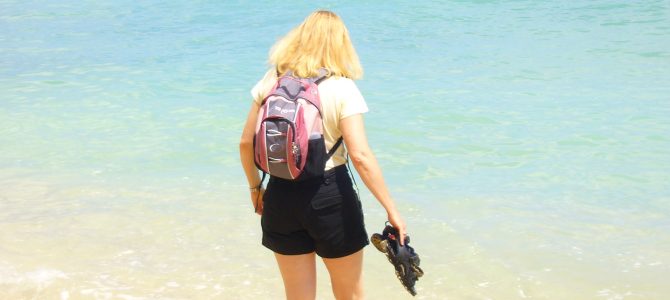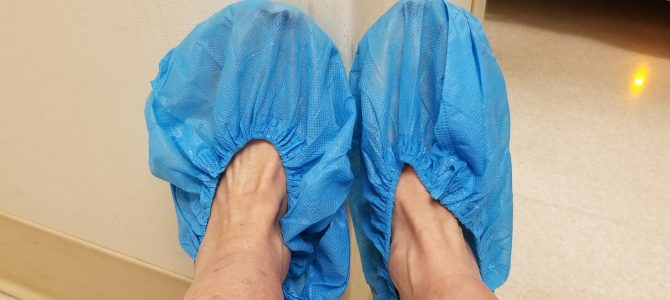This has been a more difficult post to write because, usually, I try to be light about everything. Sometimes it’s not so easy. There have certainly been enough opinion pieces, news, and statistics about anxiety and depression these days because of the pandemic we are experiencing, so who needs more of that? But there is light at the end of the tunnel. I promise.
I didn’t get on an airplane for many years because of my fear of flying. It’s called aerophobia. It started after a flight back from Hawaii on our honeymoon. We hit a bumpy patch during the flight, as often happens, but I was on my way back to my seat from the washroom during one of those drops, and almost got knocked off my feet. Of course, we landed just fine and I didn’t think anything more of it.
What happened in the following months, however, was that I started to have nightmares about planes crashing. Over, and over and over. And I convinced myself that it might be some kind of premonition, so I decided I would no longer set foot on a plane.
And I didn’t. For 20 years. One time I even had the opportunity to go on a free trip to Hawaii. I didn’t go. Instead I got really mad at myself for being so scared. What the heck was the matter with me?
I started to research it a little bit, first of all realizing that a LOT of people have the same fear. Many people take anti-anxiety medications before they fly to counteract it. Some have other forms of treatment like cognitive therapy. And then there are those who never get over it, and stop flying all together.
Me? I turned to one thing I thought might help. I got back into mindful meditation and practiced it as much as I could. Ommmm…
A couple of years later, we took the chance that I might be able to handle a flight, and booked a trip back to Hawaii. It was a celebration of my daughter’s graduation from high school. This would be my big test. Leading up to the trip, I worked really hard to not let those anxious thoughts overwhelm me. It didn’t always work, but I kept at it.
On the day of our flight, I sat in the airport lounge and did a lot of deep breathing and tried to stay calm. I remember the walk onto the ramp and into the plane, trying not to panic. Strapping myself into the seat, I wondered how I would keep myself from screaming for them to let me get off.
On the taxi down the runway, I grabbed my daughter’s hand and clung to it. We finally took off into the clouds. Over the next while, I tried to relax a little bit. It took a couple of hours, but eventually I could smile a little and looked out at the puffs of clouds and the blue water below.
I can’t tell you how wonderful it was to finally walk barefoot on the sands of Waikiki. The picture you see here is from that first moment. I’m not saying that I overcame my aerophobia in one trip. It took many. But I have had lots of successful, anxious-free flights since.
I’ve been anxious about many things in my life, but that was a major one.
And now anxiety has reared its ugly head again, as it has with so many others during this pandemic. I started worrying about getting sick. Not just from COVID-19, but pretty much anything. Any time I felt a twinge of pain or an upset stomach, I “catastrophized” it, convinced it was a serious illness.
After weeks of this, I decided to tell my immediate family about it, and they have all been wonderful. My daughters have both dealt with anxiety too, and know what it can do to you.
I’ve gotten back into my meditation. I take frequent walks outdoors when I can and remind myself of the “okay” moments. Hey, right now, I’m okay! I tried CBD, or cannabidiol, which is derived from the hemp plant, to help me sleep. Sometimes it works. I have a pretty healthy diet, but apparently certain foods can help with anxiety too, as can staying away from others.
I don’t let myself get sucked into all the negative stuff as much, especially online. Realizing how many stupid people there are out there can drive you crazy! And keeping track of COVID-19 numbers is not a great idea either.
Ultimately, I try to talk about my anxiety more, which is why I’m writing this.
I know there are many, many of you out there going through the same and much worse. Don’t be afraid to tell others. Be gentle with and forgive yourself. Don’t feel guilty or embarrassed. Talk about it. It’s been a long, long haul for all of us but we’ll get there. And you are not alone.
(For those of you in the Island Health region, if you need help or you are in crisis, please call 1-888-494-3888 or 1-800-588-8717, any time day or night.)



